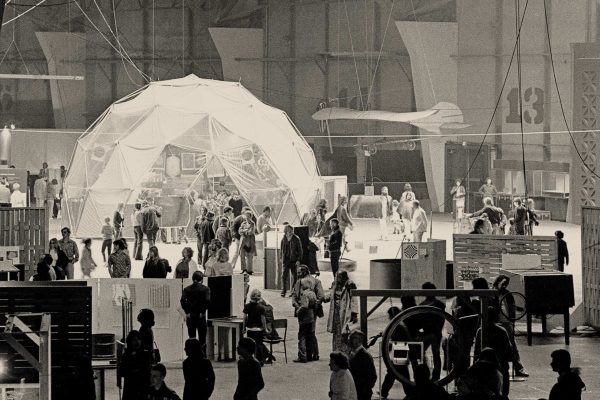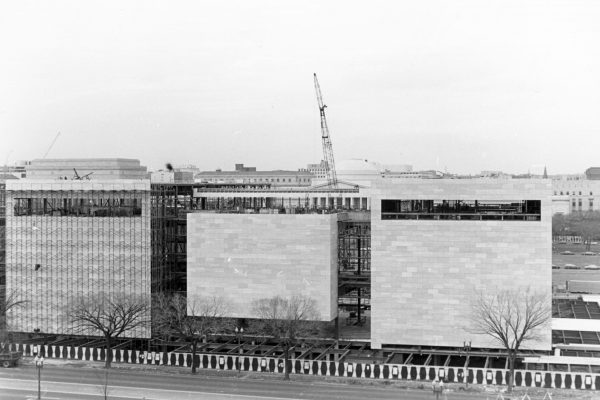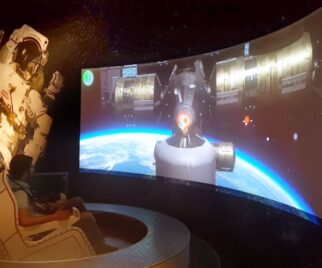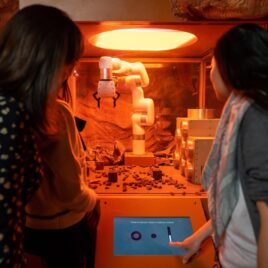تتمتع المراكز العلمية، تلك المراكز الجذابة للاستكشاف والعجائب، بتاريخ غني يمتد لقرون من الزمان. فمن البدايات المتواضعة إلى المؤسسات المتطورة، يعكس تطور المراكز العلمية سعي البشرية المتواصل إلى المعرفة. انضم إلينا في رحلة عبر الزمن حيث نكشف عن التاريخ الساحر لهذه الملاذات الفكرية.

الجذور المبكرة: خزائن الفضول وصالونات التنوير
يمكن إرجاع جذور مراكز العلوم إلى عصر النهضة وعصر التنويركانت خزانات التحف والمجموعات الخاصة من العينات النادرة والأدوات العلمية والغرائب بمثابة مقدمة للمتاحف والمراكز العلمية الحديثة. وكانت هذه الخزانات، التي كان يمتلكها غالبًا الأرستقراطيون والعلماء، بمثابة لمحات مبكرة عن عالم العلوم.
لقد شهد عصر التنوير ظهور المحاضرات العامة والصالونات حيث اجتمع المثقفون لمناقشة الأفكار العلمية. وقد زرعت هذه التجمعات غير الرسمية بذور نهج أكثر ديمقراطية لنشر المعرفة.

القرن التاسع عشر:
ولادة المتاحف العلمية الشعبية
شهد القرن التاسع عشر ميلاد المتاحف العلمية الشعبية. مؤسسات مثل المتحف الألماني في ميونيخ، تأسست عام 1903، بهدف جعل العلوم في متناول عامة الناس. جمعت هذه المتاحف بين المعروضات التعليمية والعروض التفاعلية، مما مهد الطريق لمستقبل مراكز العلوم.

منتصف القرن العشرين: الثورة التفاعلية
لقد شهد منتصف القرن العشرين فترة تحولية بالنسبة للمراكز العلمية. فقد احتل مفهوم التفاعلية مركز الصدارة مع إنشاء مؤسسات مثل مركز العلوم في أونتاريو في تورنتو (1969) و الاستكشاف في سان فرانسيسكو (1969). رفض هؤلاء الرواد نموذج المتحف التقليدي، واختاروا بدلاً من ذلك معارض عملية تشجع الزوار على التفاعل المباشر مع المبادئ العلمية.

أواخر القرن العشرين: ظاهرة عالمية
مع تقدم القرن، ارتفعت شعبية المراكز العلمية على مستوى العالم. مؤسسات مثل متحف العلوم في لندن (1857) و متحف سميثسونيان الوطني للطيران والفضاء في واشنطن العاصمة (1976) اجتذبت ملايين الزوار. وشهد أواخر القرن العشرين إنشاء مراكز علمية إقليمية ومتخصصة، كل منها يقدم مزيجًا فريدًا من التعليم والترفيه.

القرن الحادي والعشرين:
دمج التكنولوجيا والابتكار
في القرن الحادي والعشرين، تواصل مراكز العلوم التطور، حيث تدمج التكنولوجيا المتطورة والأساليب المبتكرة لإشراك الجماهير. أصبحت التفاعلات الرقمية وتجارب الواقع الافتراضي ومبادرات البحث التعاوني مكونات أساسية تعكس المشهد المتغير باستمرار للاكتشاف العلمي.
الخاتمة: نسيج من الاكتشاف والعجائب
إن تاريخ المراكز العلمية عبارة عن نسيج منسوج بخيوط الفضول والابتكار والالتزام بجعل العلم في متناول الجميع. فمن خزائن الفضول إلى المساحات الديناميكية التفاعلية اليوم، تقف المراكز العلمية كمنارات للتنوير، تلهم الأجيال لاستكشاف عجائب العالم الطبيعي.
وبينما نستكشف المستقبل، يذكرنا تاريخ المراكز العلمية بأن السعي وراء المعرفة هو مسعى لا ينتهي بمرور الزمن. وتستمر هذه المراكز، التي نشأت من شغف الاكتشاف، في إشعال شرارة الفضول، ودعوة الزوار إلى الشروع في رحلة من الاستكشاف والفهم والإعجاب.




